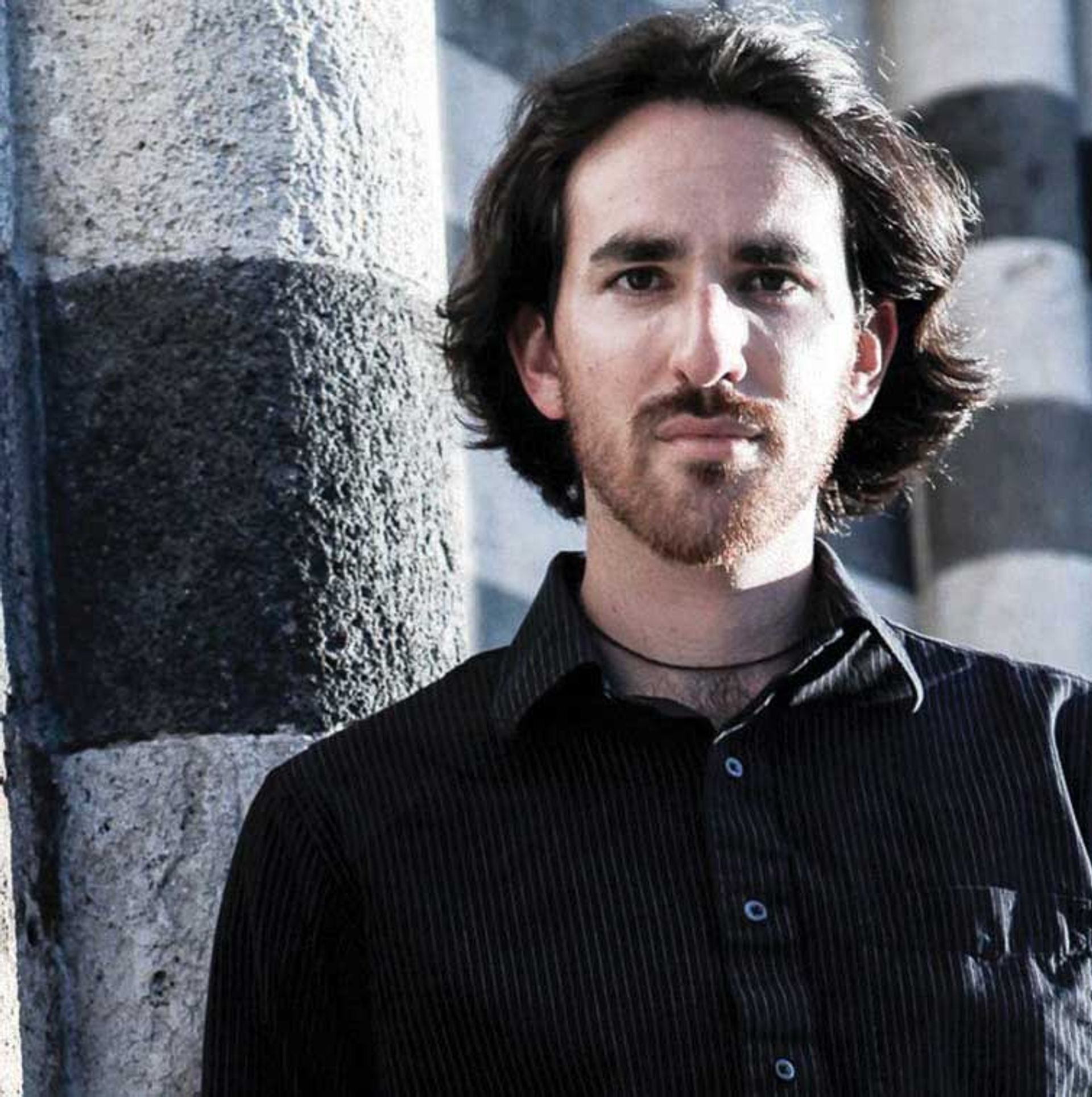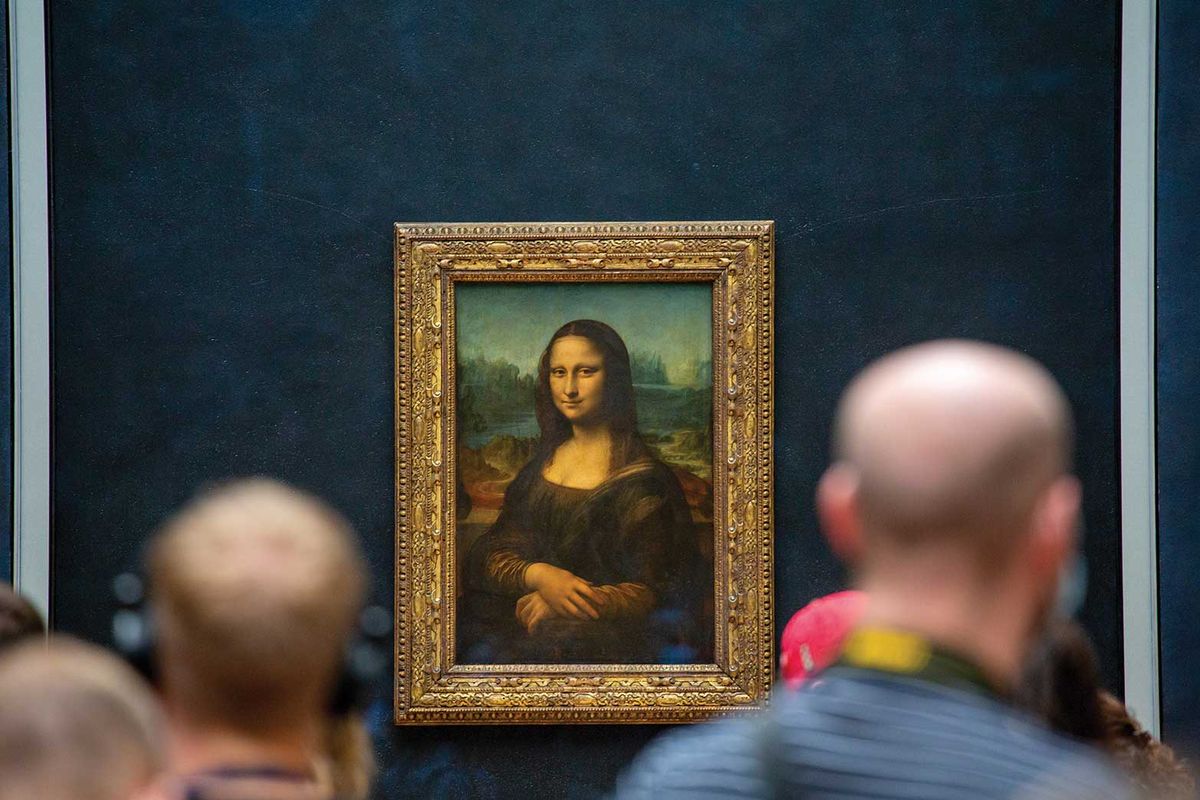The Mona Lisa, the world’s most famous work of art, plays a big part in drawing record-breaking crowds to the Musée du Louvre in Paris. (In 2022 the museum had 7.7 million visitors). But many of those visitors may be unaware that Leonardo da Vinci’s early 16th-century masterpiece was stolen on 21 August 1911 in one of the most audacious heists in art history.
In a new book, The Thefts of the Mona Lisa: The Complete Story of the World’s Most Famous Artwork, the art historian Noah Charney unpicks the robbery, throwing new light on why and how Vincenzo Peruggia, a museum employee, stole the painting, only for it to be recovered two years later when he tried to sell it to an antiques dealer in Florence called Alfredo Geri. Intriguingly, Charney also reveals how the Spanish artist Pablo Picasso came to be associated with the crime.
“While the 1911 theft is arguably the most famous theft of an object in history, there are more true intrigues surrounding the Mona Lisa and a lot of hooey around it, too,” Charney says. “The hooey can be fun but also misleading. So I thought it would be good to write a definitive book about the crimes and mysteries surrounding the Mona Lisa as an object.”
The author describes in detail how the Italian-born Peruggia, who worked for a company subcontracted by the Louvre to prepare protective cases, engineered the theft. Peruggia was mistakenly under the impression that the Mona Lisa had been looted from Italy by Napoleon’s army during his Italian Campaign (1796-97), writes Charney.
Charney questions the motives of Peruggia, who claimed that the robbery was driven by patriotism and the idea that he was righting a historical wrong. “There is…abundant evidence that Peruggia was looking to make money. This comes from Peruggia’s own words in letters he wrote to his parents, to Alfredo Geri, to a politician in his home district and to another art dealer in Rome,” he says. Peruggia asked Geri for 500,000 Italian lire, around $650,000, when he first approached the dealer about returning the Mona Lisa to Italy.

Noah Charney, author of The Thefts of the Mona Lisa: The Complete Story of the World’s Most Famous Artwork
Photo: Urska Charney
But Charney tells The Art Newspaper: “It’s hard not to like Peruggia. He seems like a good guy who saw an opportunity and took it. He’s a working-class aspiring artist who happened to work for a firm contracted by the Louvre, so he suddenly had insider access. And he brought the painting back to Florence and then returned it [after being arrested].”
The Picasso saga meanwhile centres on Honoré-Joseph Géry Pieret, who was briefly secretary to the French poet and playwright Guillaume Apollinaire. Géry Pieret was regularly stealing items from the Louvre, perhaps even compulsively, around 1906 and 1907, notes Charney.
This run of thefts culminated in a letter to Paris-Journal a week after the Mona Lisa was taken. “Monsieur, on 7 May 1911 I stole a Phoenician statuette from one of the galleries at the Louvre. I am holding this at your disposition, in return for the sum of 50,000 francs,” Pieret wrote.
“This female sculpted head was stolen in 1911, and it bore the museum identification number AM880. This was, at the very least, the third Iberian bust stolen by Géry Pieret [from the Louvre],” writes Charney, adding: “His letter to Paris-Journal explained that he had stolen two others, one male and one female bust, on two separate visits to the Louvre on back-to-back days, not to mention a work of Egyptian plaster and who knows what else. He said that he then sold them to unnamed friends in Paris, one of whom was a painter. It would turn out that the ‘unnamed friend’ was Pablo Picasso.”
Indeed, both Picasso and Apollinaire were in possession of two ancient Iberian sculpted heads, stolen from the Louvre four years previously, around 1907. Fernande Olivier, Picasso’s lover at the time, says in her memoir (included in Charney’s book): “Pieret gave Picasso two little statuettes without revealing where he had acquired them. He said only that they should not be displayed in too conspicuous a manner. Picasso was enchanted and he treasured these gifts and buried them at the back of a cupboard.”
Apollinaire eventually delivered the busts to Paris-Journal under the condition of anonymity and the works were returned to the Louvre. But on 7 September 1911 Apollinaire was arrested and accused of harbouring the thief of the Iberian statue heads; Picasso was also arrested. “The Paris police, grasping for a positive headline to offset the lack of progress on the Mona Lisa case, threw in another charge that was based on no apparent evidence: that Apollinaire was also involved in the theft of the Mona Lisa,” Charney writes. Both men were interrogated but later released.
Charney says: “I actually think the Picasso story should be a big chapter in the artist’s career, but so far it had been a footnote or not even one. This is odd because it’s verified and Picasso even joked about it. This is likely what will surprise readers most: to learn that Picasso himself was an art thief.And that stolen art from the Louvre—not the Mona Lisa—helped him launch artistic Modernism.”
Crucially, the author also tackles an important topic that has gone down in art-world folklore: did the Nazis steal the Mona Lisa during the Second World War? “The short version is that some Nazis thought they had the Mona Lisa but they probably had stolen a very good copy instead. The full story is far more intriguing than that one-liner but you’ll have to read the book for more,” Charney concludes.
• Noah Charney, The Thefts of the Mona Lisa: The Complete Story of the World’s Most Famous Artwork, Rowman & Littlefield, 176pp, £25 (hb)



